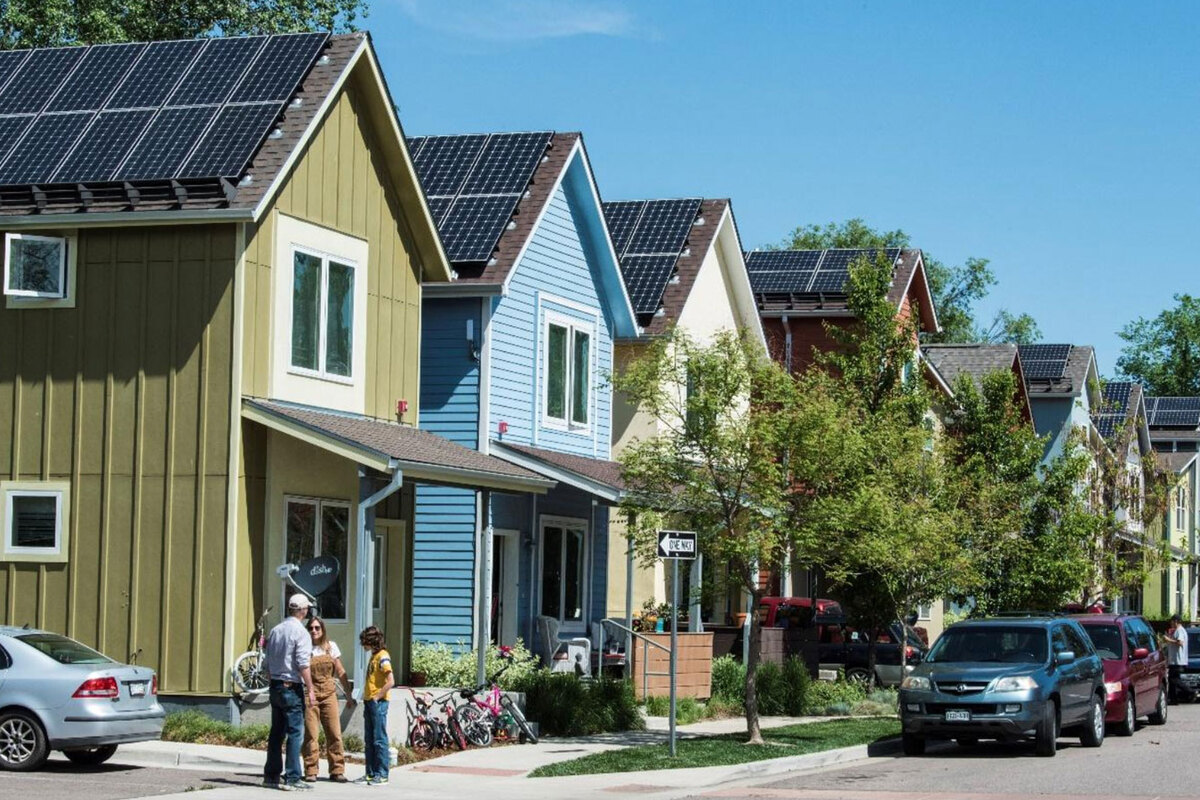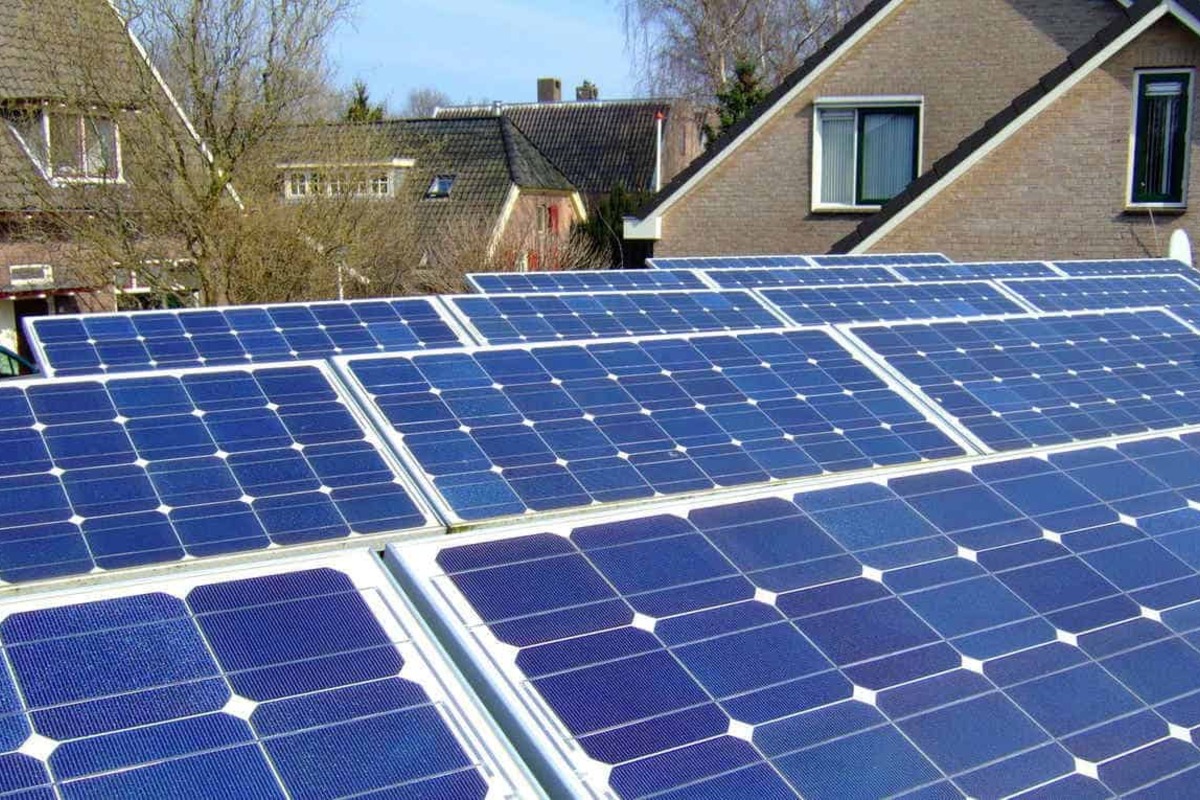Planning to switch to solar power but don’t know how many solar panels you need for your residence? You’re on the right page! Numerous homeowners inquire about this aspect as they begin their solar venture.
This guide aims to provide you with answers on how you can determine the number of solar panels you need for your property.
Important Factors to Consider
There are several factors to consider if you want to determine the number of solar panels to install on your property. Let’s look at what these factors are:
Your Energy Consumption
To determine the number of solar panels required for your home, you have to understand your household’s electricity consumption. This is measured in kilowatt-hours (kWh), and you can find this information on your utility bill for each billing cycle.
For instance, if your house consumes 900 kWh per month with an average of five peak sunlight hours daily, you would need a larger solar setup than a home using only 400 kWh monthly.
The greater the energy consumption, the more solar power generation you’ll require, which translates to installing more solar panels.
Local Climate
Your local climate can also influence the number of sunlight hours and energy your solar panels can generate. Additionally, regions with inconsistent or less intense sunlight will require a greater number of solar panels.
For instance, in a place like Hawaii, you can install fewer panels on your roof compared to a home in New England, where sunlight is mainly abundant during the spring and summer seasons.

Your Budget
Obviously, your budget will play a key role in determining the number of solar panels you can install on your house.
On average, solar panels cost approximately $16,000. However, certain systems might reach a higher price point of $35,000 or beyond. Keep in mind that you should allocate funds for supplementary equipment, including solar batteries for storing energy during cloudy periods.
Additionally, consider accounting for maintenance expenses, which can extend the longevity of your solar panels while enhancing their efficiency and overall cost savings.
Size of Your Preferred Solar Panel
Typically, solar panels designed for residential use measure around 65 by 39 inches. However, these measurements can differ from one manufacturer to another. In situations where your roof has limited space or an unconventional layout, the size and quantity of solar panels become crucial considerations.
When your roof provides ample space, you might have the option to prioritize larger, more cost-effective panels over maximizing efficiency to achieve your desired energy output. Conversely, if your roof space is constrained or partially shaded, it’s advisable to choose fewer, smaller panels while focusing on optimizing efficiency.
Size of Your House
The size of your property can also influence the amount of kilowatts of solar power required for its panels.
For instance, a 1,500-square-foot home would typically need around 630 kWh, while a larger 3,000-square-foot house would consume approximately 1,200 kWh per month, which is twice as much.
The Key Takeaway
Installing solar panels can be a financially sound decision for homeowners under the right circumstances. However, you have to keep in mind that it involves a significant initial cost and might not be suitable if you don’t have your own house.




